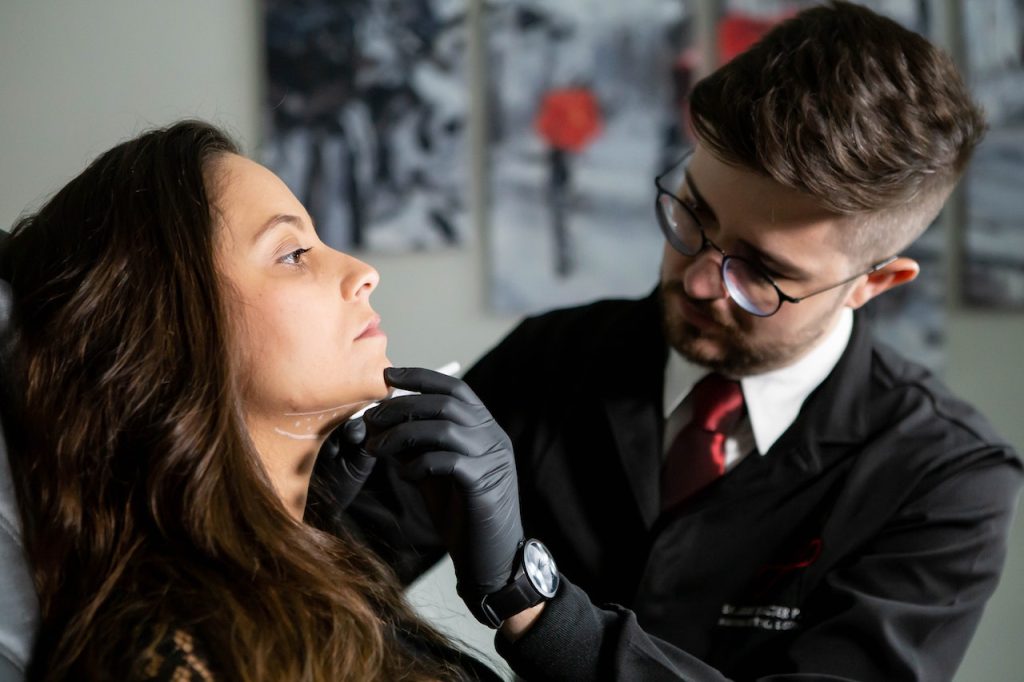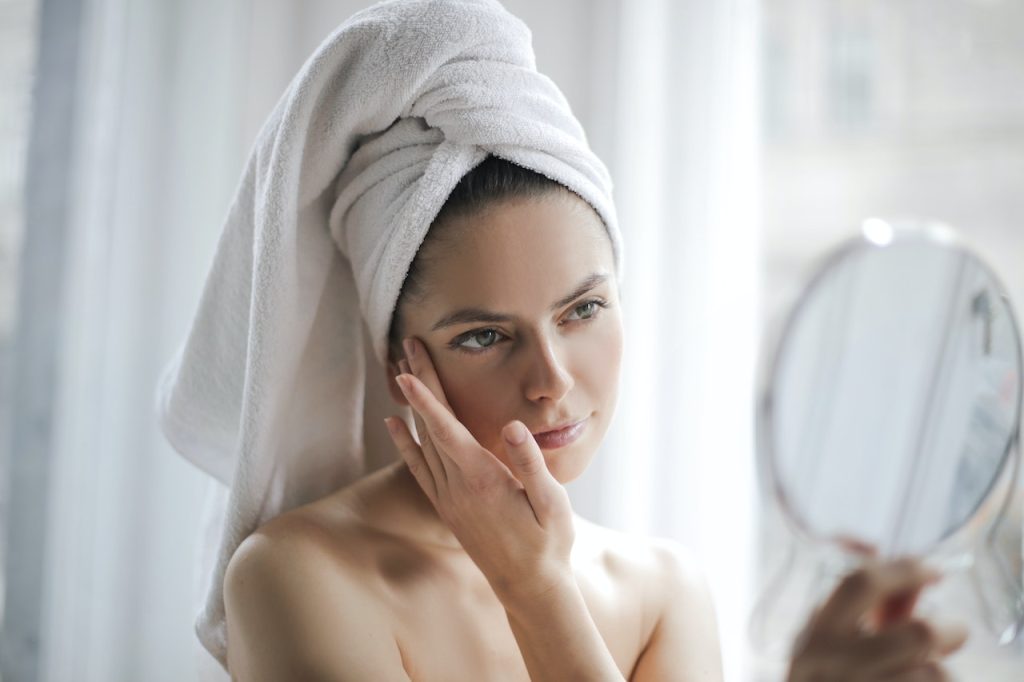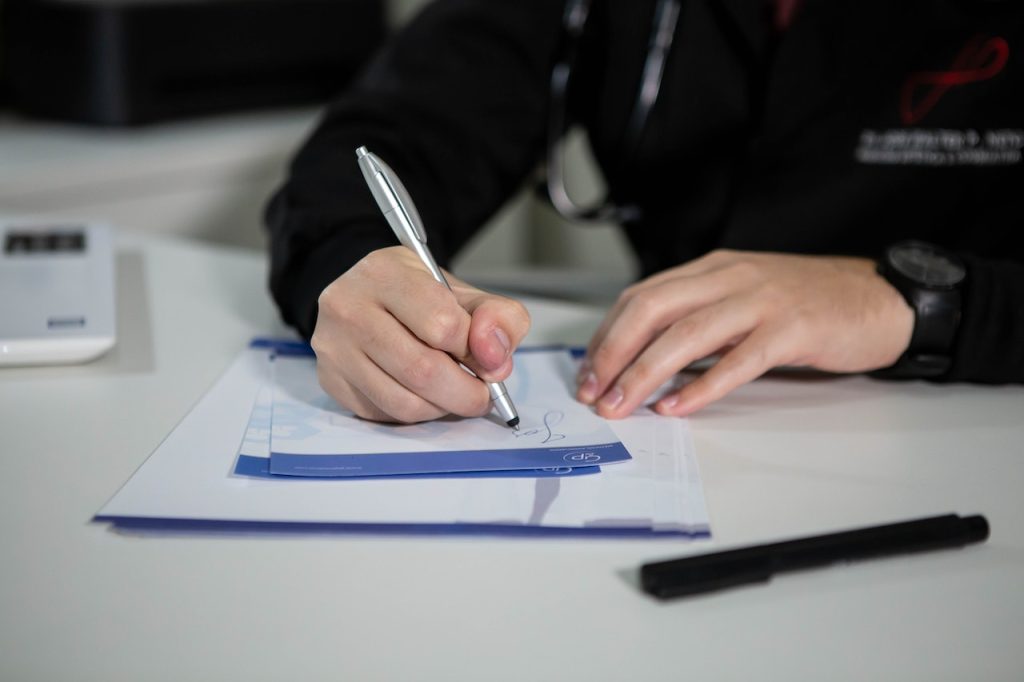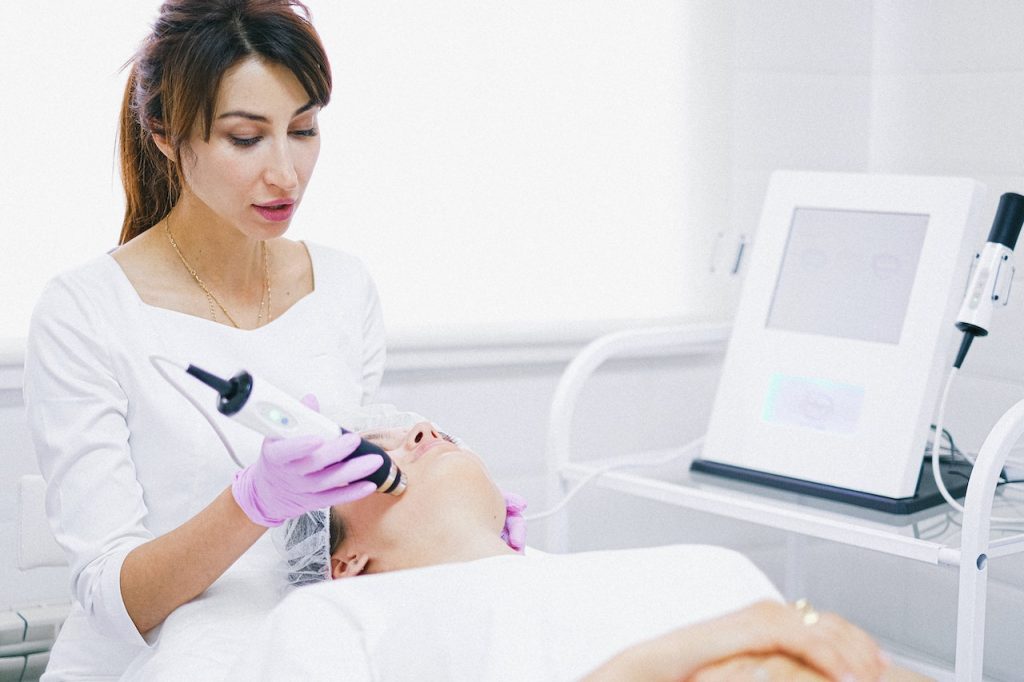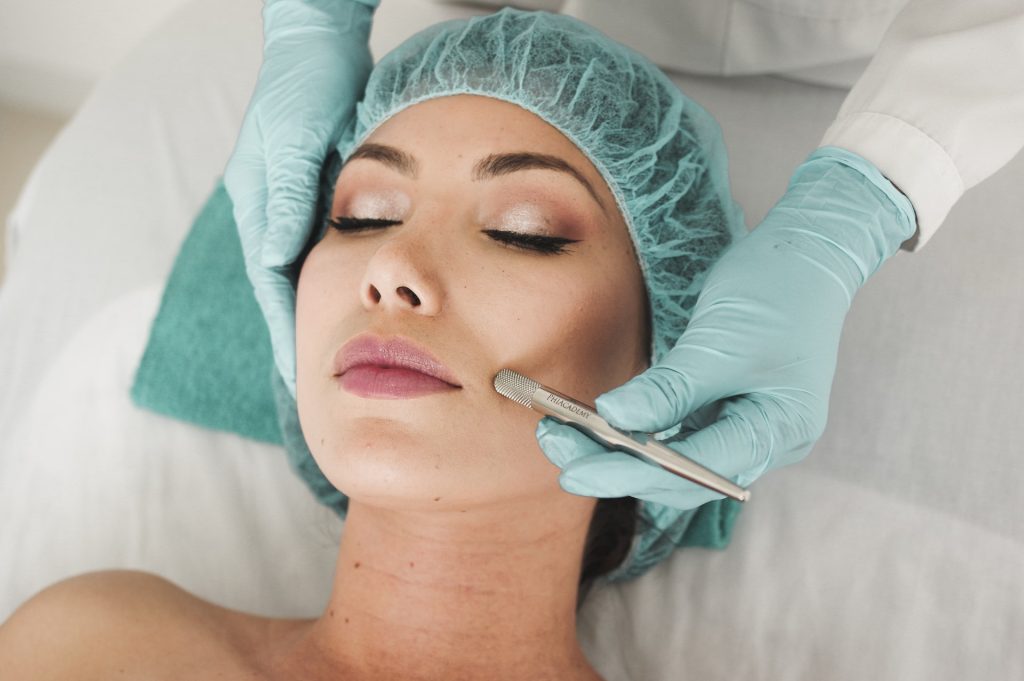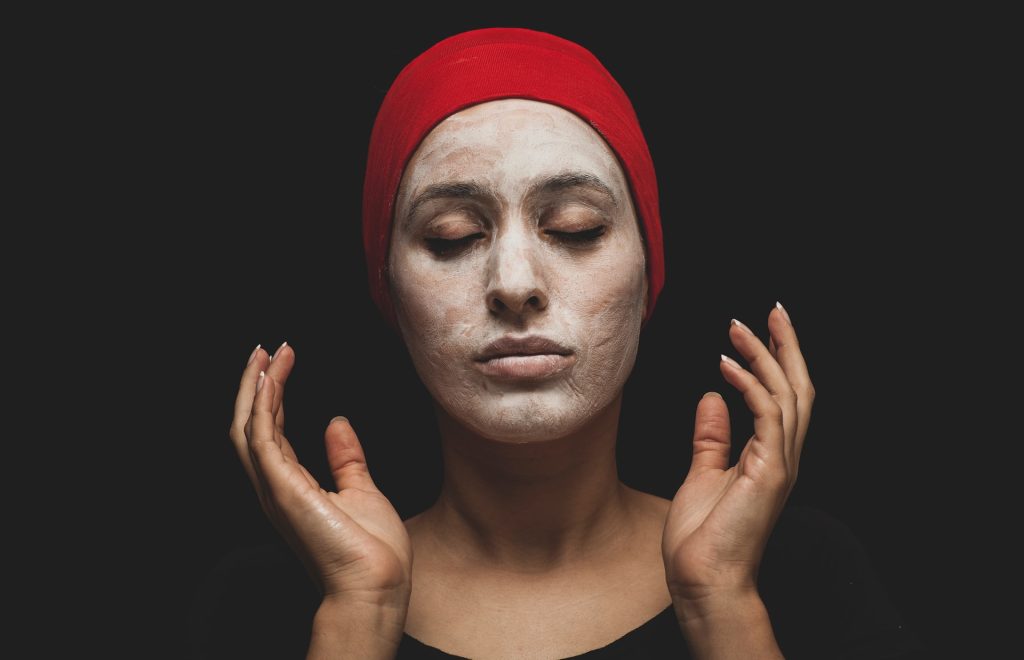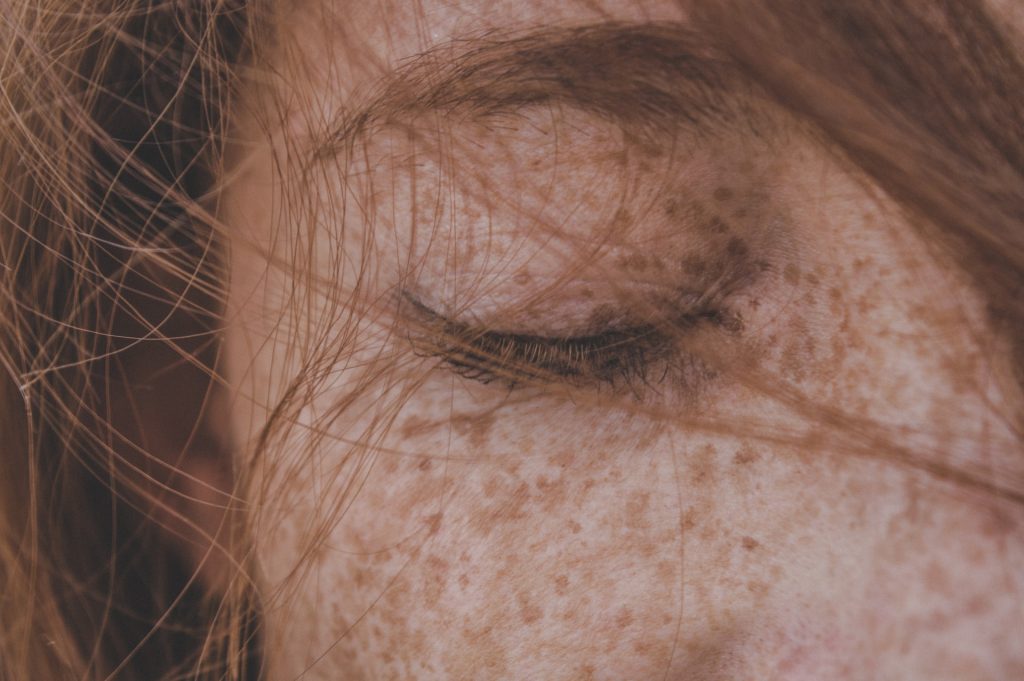In light of the news that the Joint Council for Cosmetic Practitioners has agreed to introduce new measures to protect those vulnerable due to mental health problems, Harry Singh explores what this means for dentists practising facial aesthetic treatments.
MIND, the mental health charity, defines body dysmorphic disorder (BDD) as ‘an anxiety disorder related to body image’.
Individuals with BDD may seek cosmetic treatments to correct what they perceive as flaws, hoping they will be satisfied with their appearance.
BDD affects roughly 1 in 50 people two, so this is quite a prevalent mental health issue. Given that cosmetic treatments performed in the UK between 2002 and 2018 increased by 300%, three it is pretty likely that dentists offering non-invasive facial aesthetic treatments will come across BDD sufferers at some point in their careers.

BDD As A Contraindication
Reputable facial aesthetic practitioners understand that BDD is a contraindication to cosmetic procedures, not least because it makes obtaining proper consent impossible, and any treatment can worsen the patient’s mental health issues. It was, therefore, no surprise when, early in 2019, Superdrug announced it was to start checking patients wanting facial aesthetic treatment for BDD.4
Screening for BDD is essential, and every clinician should be doing it, so the only real surprise is how long it took for this idea to hit the headlines. Raising awareness of this mental health problem is crucial in stopping unwitting consumers from handing their money over to cosmetic cowboys, often leaving the patient worse off both physically and mentally. So, Superdrug’s stance and that of the JCCP are to be applauded for making that decision and effectively circulating the news.
Identifying BDD
Many people have unrealistic expectations in a world where social media use is rife and we know images can be manipulated to look much better than reality. People see these celebrities with perfect bodies and faces and want it for themselves.
Having been performing facial aesthetic treatments since 2002, it is true that patients are becoming more obsessive with how they look and are perceived, comparing themselves to what they see on social media posts.
Every first appointment should involve a detailed consultation and assessment of the patient’s situation. Allow a cooling-off period – never treat on the same day. Overplay the downtime and possible complications. It is also essential to show the results of realistic cases to counterbalance unachievable, manipulated images on social media.
There is no doubt that dealing with mental health issues can be very challenging. Still, if clinicians allow plenty of time for the consultation, each patient’s expectations, the basis for treatments, budgets, time frame, etc., can be evaluated.! If you don’t think a patient needs the treatment they want or you can’t improve their concerns, do not treat them. Just say no. Alternatively, they could be referred to a colleague for a second opinion. While not scientific, always go with your gut feeling.
A Case In Point
I have met people in my clinic with BDD; for example, a female patient once presented concerned about nasolabial folds. It transpired that she had undergone cheek fat transfer that had been over-filled.
As a result, the cheeks were heavy and pushing down, causing the nasolabial folds. She just wanted the nasolabial folds treated and more cheek filler, thinking the filler would lift her cheeks. However, she would not let go of the mirror and would complain about her appearance and her previous practitioner.
I explained that treating the consequence (nasolabial fold) and not the cause (fat in the cheeks) would not address her concerns and meet her expectations. She kept saying she didn’t care how much the fillers would cost; she just wanted the nasolabial folds treated. It took a long time to convince her I would not treat her.

Best Practice
Patient safety and happiness are paramount, and reputable health professionals strive to achieve them. Sadly, weeding out patients with BDD is not compulsory, but it is best practice.
That makes it a must in my eyes, first and foremost, because it is in the best interest of patients and because you will save yourself stress and time and remove the almost inevitable complaint that will come your way if you treat a BDD sufferer.

